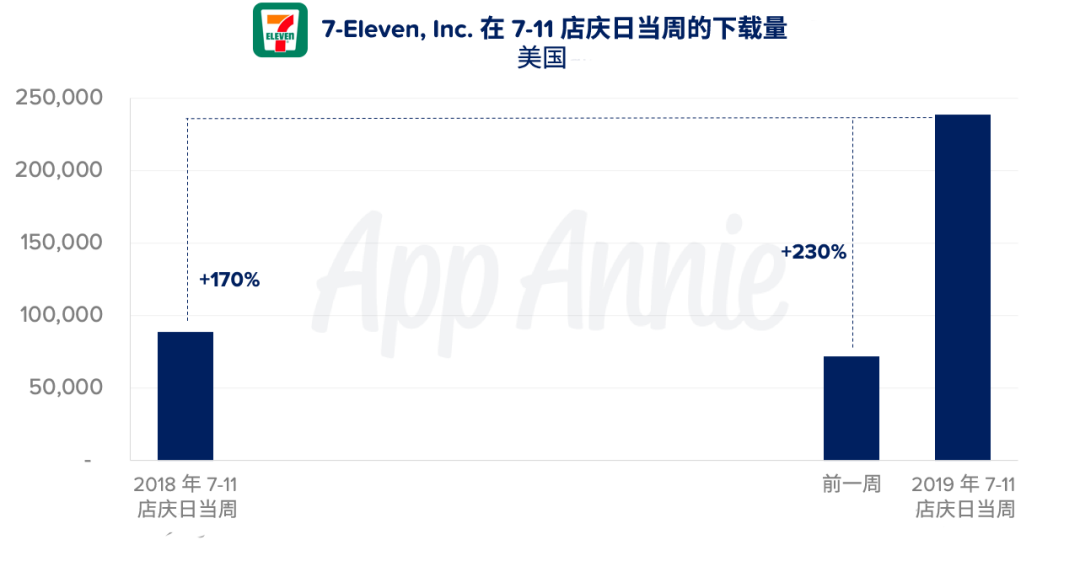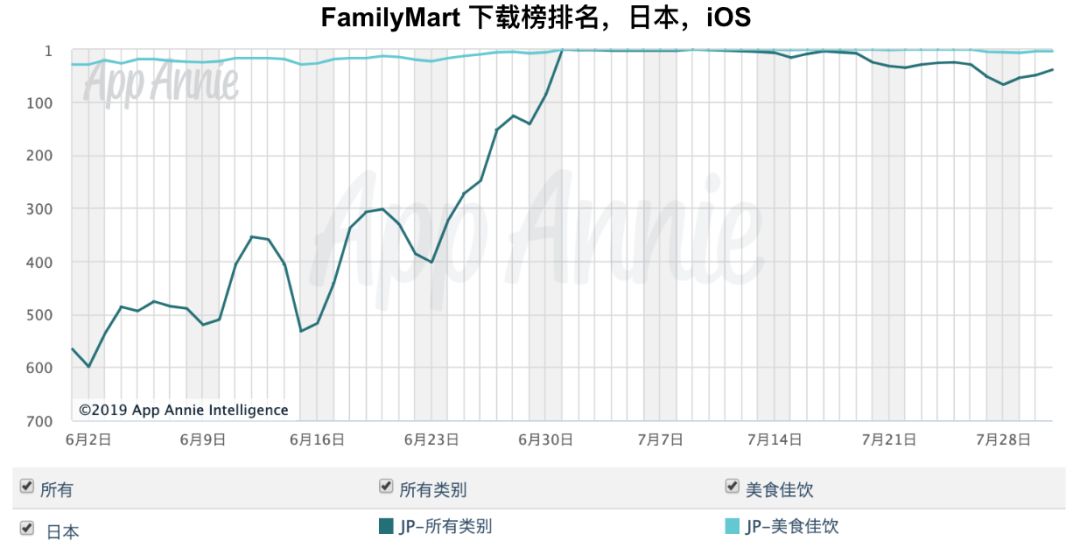In the convenience store industry, purchase decisions are often made quickly by consumers in a busy daily life, so the maintenance of loyalty becomes a challenge.
Editor’s note: This article is from WeChat public account “AppAnnie” (ID:appannie), by App Annie.
In the convenience store industry, buying decisions are often made quickly by consumers in their busy daily lives, so the maintenance of loyalty becomes a challenge.
Global Chain Convenience Store 7-11 Every year on July 11th, the company celebrates its birthday, which is called 7-11, and is known for its free Sile Ice. This summer, in addition to ice drinks, 7-11 has never invested in mobile channels before, updated the mobile app user interface, focused on mobile marketing, and provided mobile-only coupons, discounts and giveaways for mobile app users. Accelerate growth within 24 hours of the special day. The efforts of 7-11 have been successful, and user demand has grown significantly. In the week that included 7-11 anniversary days, app downloads grew 170% year-over-year and 230% year-on-year, highlighting the success of the strategy for mobile-side promotions.
Data Source: App Annie
Another giant in the convenience store, the whole family of Japan made a major update to the mobile app on June 30 this year, focusing on FamiPay, which is used to obtain and use coupons. The download volume has increased more than ten times compared with the previous one, and even jumped to the top of the Japanese App Store.
Data Source: App ANnie
also focuses on mobilization In addition to the basic functions of electronic membership cards, online delivery services, and product search, Watson’s Taiwan has taken the AR makeup function in May this year to further enhance the user’s willingness to use. However, we also noticed that the user ratings of the above apps are very low, and most of the comments are about technical issues such as flashbacks, stuck, and login barriers.
According to App Annie’s data, global smart device users spend an average of three hours a day on mobile apps, and longer in Asia. For people under the age of 25, the frequency and duration of use of non-gaming apps are much higher than those over the age of 25. When the daily contact carrier of consumers has already migrated, the future core consumer groups will almost be mobile as the second nature. At the same time, there are a large number of faster and more diverse e-commerce competitors, traditional convenience stores and drugstores. More need to use the mobile side to strengthen interaction with consumers and stabilize loyalty.


